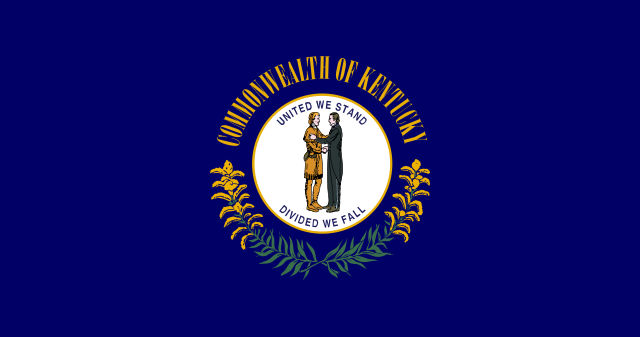We learned on Wednesday that the Kentucky Teachers’ Retirement System (KTRS), one of the most under-funded education retirement funds in the country, was seeking funding help from the state legislature.
Now, many more details have emerged about the proposals the System has presented to lawmakers. KTRS presented lawmakers with two options. The Courier Journal has the details:
KTRS suggested Wednesday that lawmakers consider two borrowing scenarios in the 2015 legislative session, and supporters say the proposals could reduce taxpayer cost in the long run while helping the system cope with $13.8 billion in unfunded liabilities.
One option involves a $1.9 billion bond to help fully fund the retirement system for the next four years and eventually decrease annual pension costs about $500 million by fiscal year 2026.
A second option includes a $3.3 billion bond that could fully fund the system for eight years and reduce annual costs in 2026 by around $445 million.
Both plans are based on 30-year bonds with interest rates in the range of 4 percent, and either option could be funded by re-purposing debt service and revenue streams that already exist in the state budget, according to KTRS.
Beau Barnes, KTRS general counsel and deputy executive secretary of operations, said the system is not “wild about bonding.” But he argued that liabilities are growing at 7.5 percent a year and compared the proposal to refinancing a home at a lower interest rate.
“We were asked what we could do for the pension fund without requiring additional dollars out of current budgets, and these were the only things we could think of,” Barnes said. “We didn’t really see any other alternative.”
KTRS has at least one lawmaker on their side. House Speaker Greg Stumbo voiced his support for the plan, according to MyCn2 News:
“I think we need to listen very carefully to it and work with them to try to craft some form of a proposal, which hopefully we can get enough support to pass in both chambers because these market rates won’t be favorable much longer in my judgement,” Stumbo, D-Prestonsburg, said in the committee meeting, noting the Federal Reserve will likely get pressure from banks to raise interest rates as the economy improves.
“… What they’re saying is we can’t tarry. If we wait too long, we’ll lose this window of opportunity.”
KTRS manages $18.5 billion in assets.



